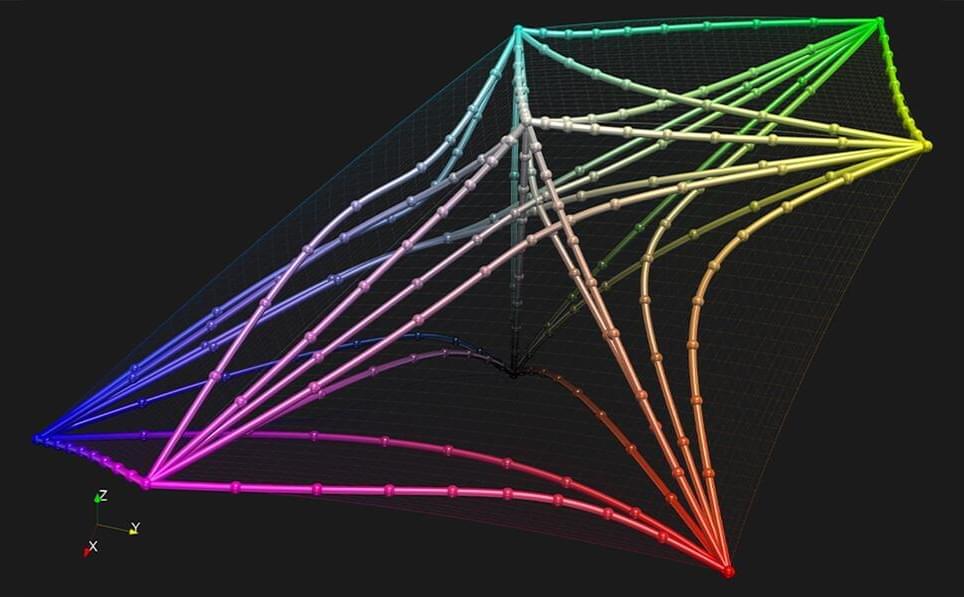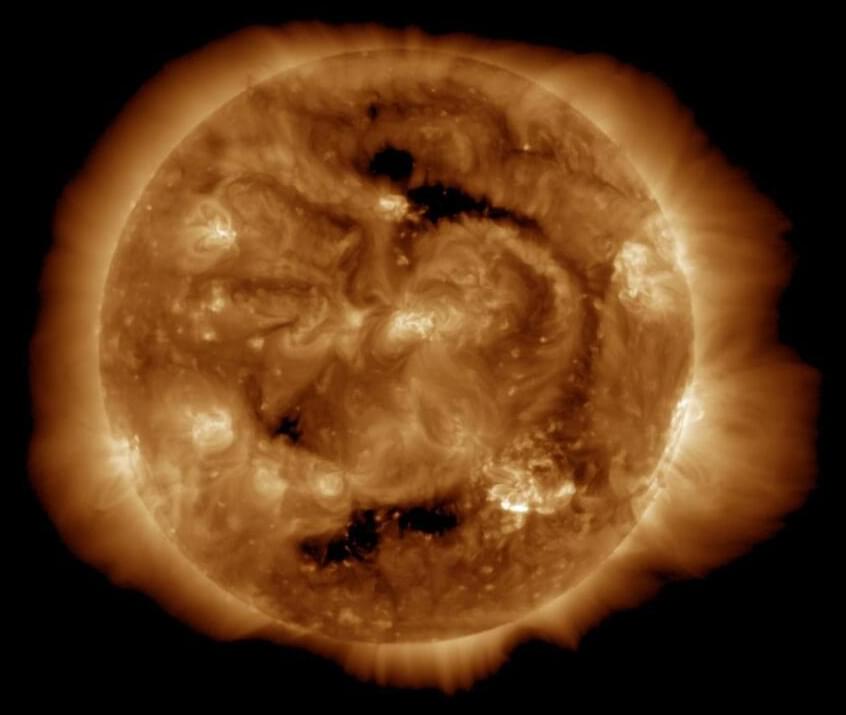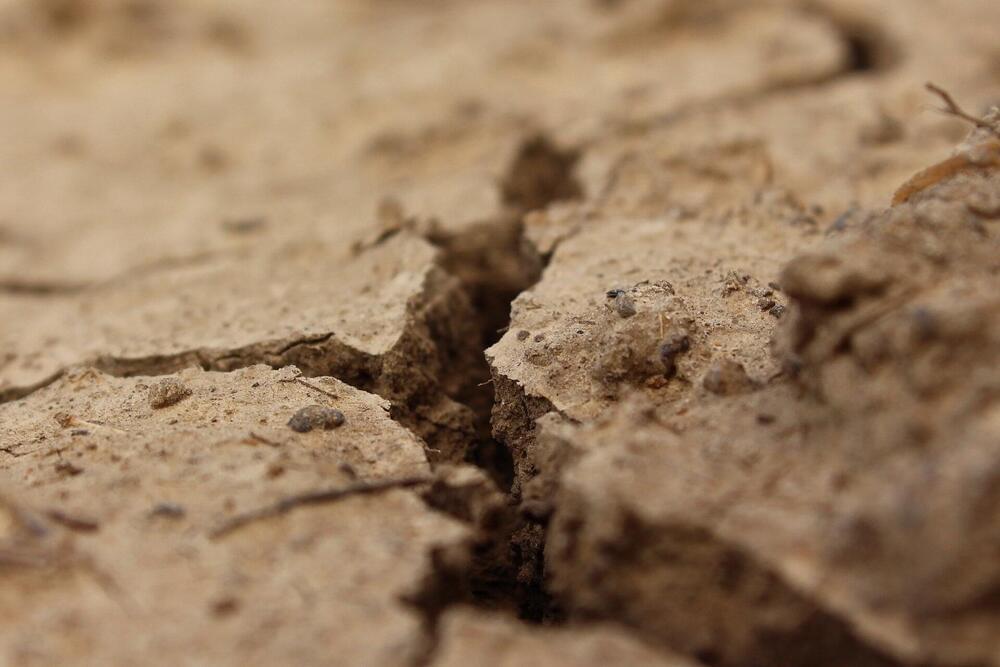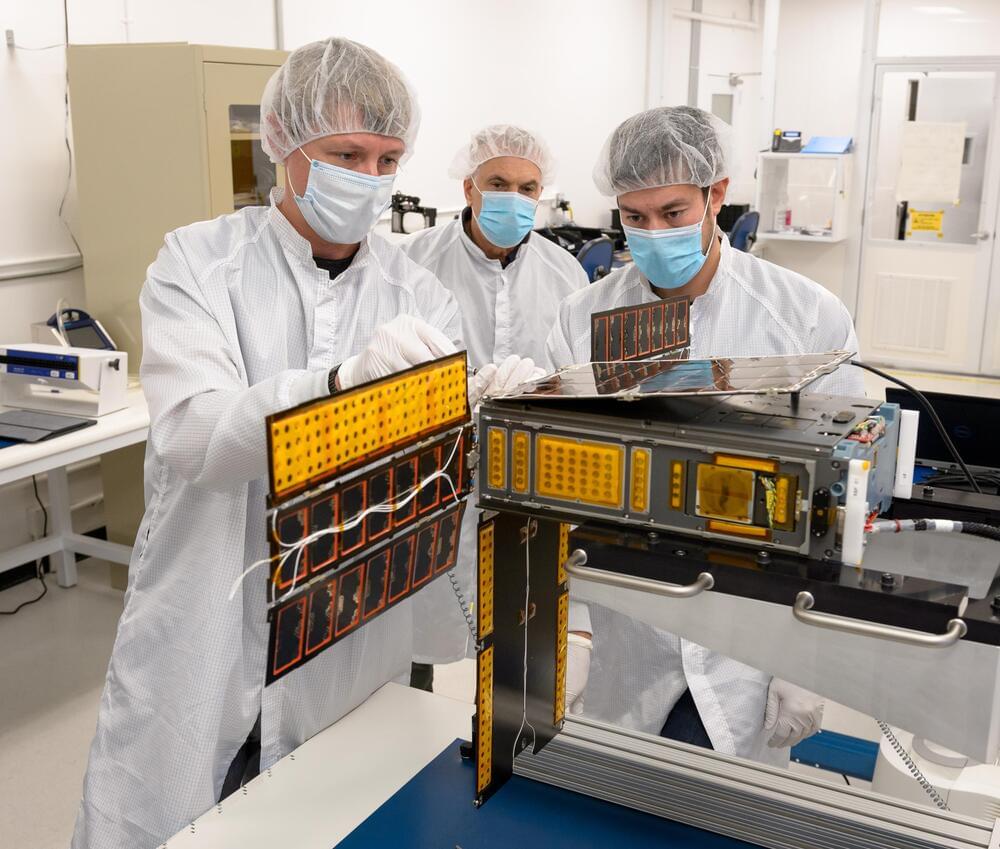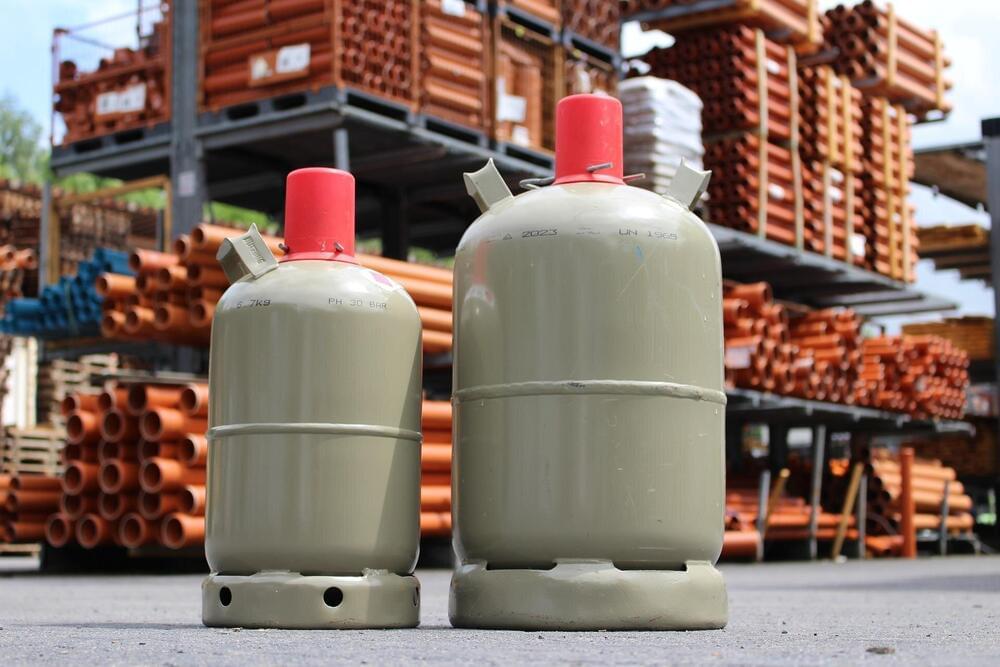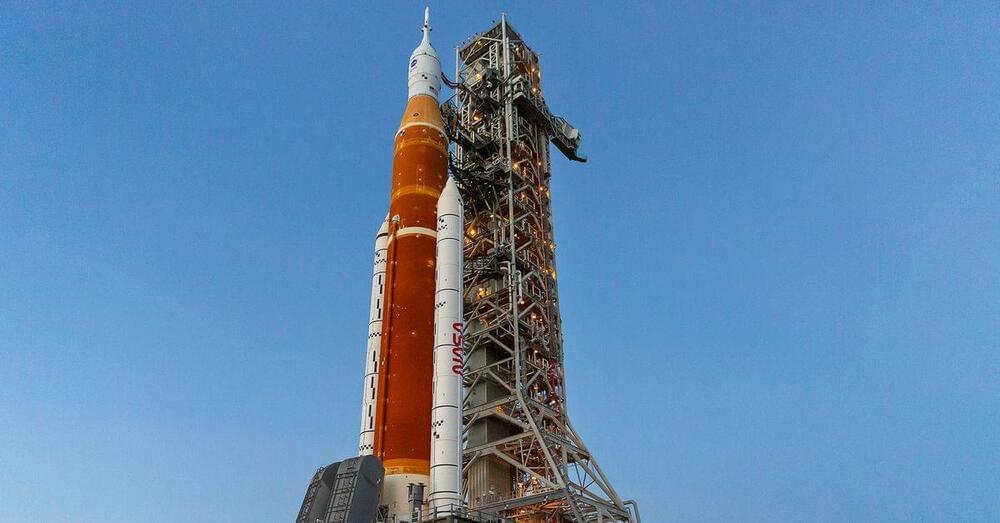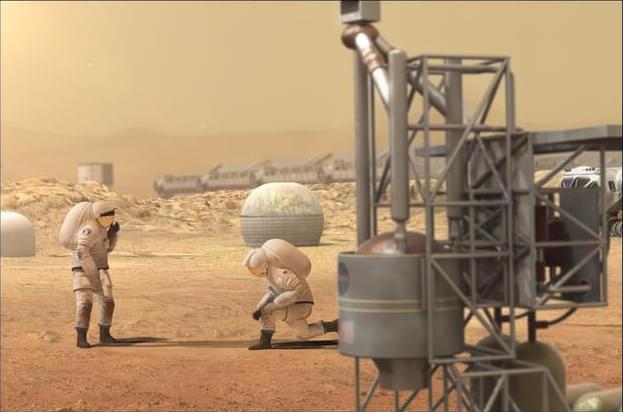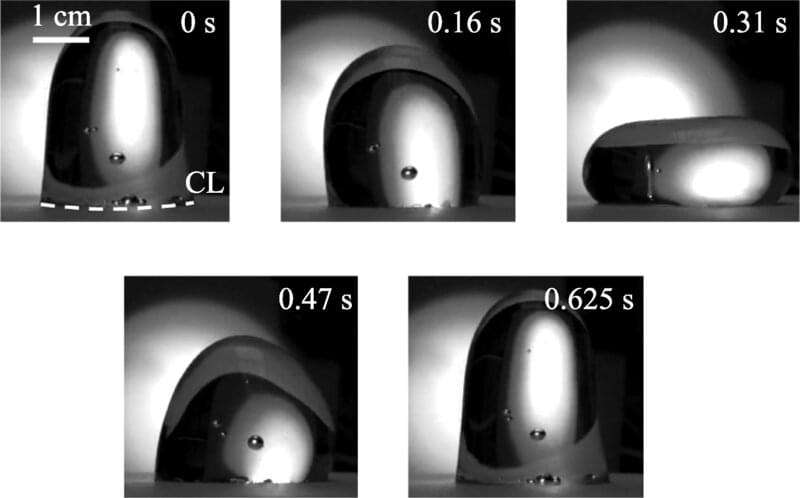Aug 18, 2022
Schrödinger Was Wrong: New Research Overturns 100-Year-Old Understanding of Color Perception
Posted by Quinn Sena in categories: computing, mathematics, space
A paradigm shift away from the 3D mathematical description developed by Schrödinger and others to describe how we see color could result in more vibrant computer displays, TVs, textiles, printed materials, and more.
New research corrects a significant error in the 3D mathematical space developed by the Nobel Prize-winning physicist Erwin Schrödinger and others to describe how your eye distinguishes one color from another. This incorrect model has been used by scientists and industry for more than 100 years. The study has the potential to boost scientific data visualizations, improve televisions, and recalibrate the textile and paint industries.
